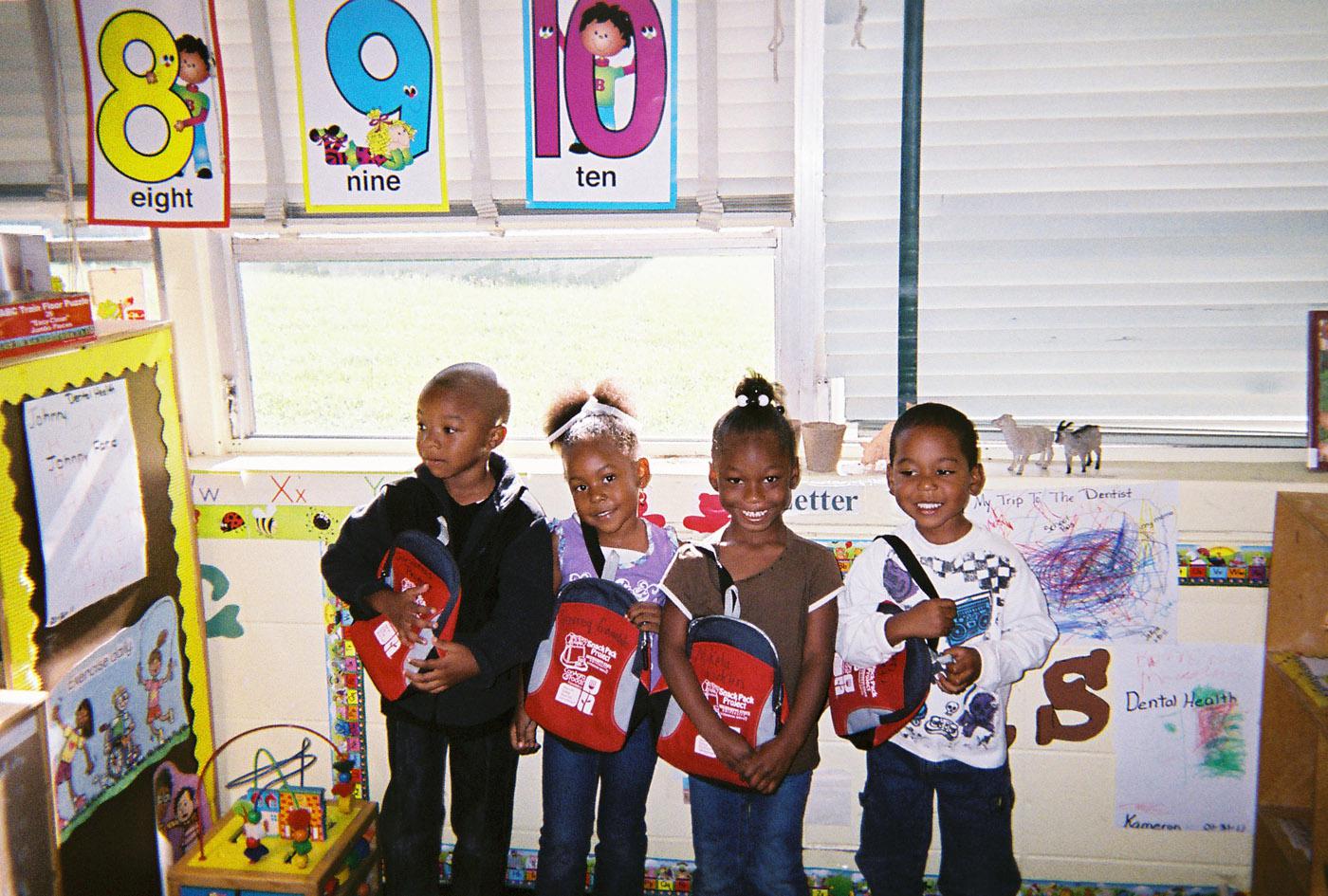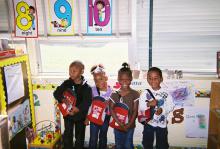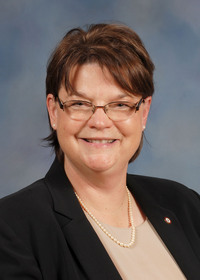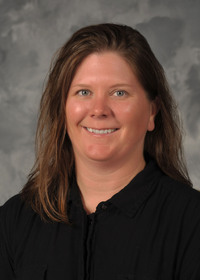Information Possibly Outdated
The information presented on this page was originally released on June 23, 2011. It may not be outdated, but please search our site for more current information. If you plan to quote or reference this information in a publication, please check with the Extension specialist or author before proceeding.
Program helps families make healthier food choices
By Karen Templeton
MSU Ag Communications
MISSISSIPPI STATE – A new program is targeting the youngest members of families to help parents make healthy and affordable food choices.
Mississippi State University is teaching families in low-income communities about healthy, low-cost foods so they can eat nutritious foods on a budget. The efforts are funded by the ConAgra Foods Foundation, which works through national partnerships to help end childhood hunger.
As part of that mission, Chiquita Briley, an assistant professor in MSU’s Department of Food Science, Nutrition and Health Promotion, developed the Snack Pack Project pilot program to teach preschoolers about the basic food groups and healthy snacking.
The new program’s curriculum was tested in Head Start programs in Kosciusko and Durant. A total of 15 teachers and 300 students were involved in the kick-off.
“We worked with Head Start because we know their student population is made up of children from low-income families who are at risk for food insecurity or hunger issues,” Briley said. “Preschoolers are a great age group to work with because they are so impressionable and eager to learn. Also, we wanted to demonstrate to parents that their children will actually eat healthier foods and that those foods do not have to incur additional costs for families.”
Lesson packets were given to the Head Start teachers each month. A different food group was the focus of each month, and teachers taught weekly lessons emphasizing that food group.
Teachers used books, pictures and worksheets to introduce the foods, such as pineapples, to the preschoolers. After the children demonstrated a good understanding of the concepts, the teachers helped the children prepare a simple snack using the foods from the chosen group.
Each child was given a small Snack Pack backpack that contained a book, information sheet, and a take-home snack that included that month’s food group.
“Each snack was inexpensive and available at local grocery stores or through the Women, Infants, and Children, or WIC, program. With EBT cards now being accepted at some farmers’ markets, there are even more opportunities for low-income families to access fresh ingredients,” Briley said. “We hope books will not only help promote reading, but also begin the dialogue about healthy foods in the home.”
In addition to reading, children were given the opportunity to practice simple math skills by counting out carrot sticks and other foods to include in their snack packs.
“I could see a real difference not only in the children involved in the project, but also in our instructors’ teaching styles,” said Dorothy Mitchell, nutrition director for Central Mississippi’s Head Start/Early Head Start Centers. “The teachers were incorporating the nutrition lessons throughout the day. There were many opportunities for them to reinforce the concepts, and it really increased teacher-student interaction.”
Stacey Johnson Knepple, a doctoral student in MSU’s Department of Food Science, Nutrition and Health Promotion, conducted pre- and post-tests of the children’s ability to identify specific nutritious foods.
“We also tested their understanding of ‘farm to table’ concepts; basically, trying to find out if they understand where their food comes from. For instance, do they know that milk comes from a cow before it is sold in grocery stores?” Knepple said. “We found that after the 19-week program, the preschoolers could more easily identify foods and the groups they come from.”
Knepple also polled parents before and after the program on the preschoolers’ food preferences and the variety of foods incorporated into family meals.
“We were pleased to find that the children’s enjoyment of fruits and vegetables increased after the program,” Knepple said. “It is important to get them interested in healthy eating at this age. Their knowledge of good-for-them foods will continue to expand as they enter primary school because they have this foundation.”
Briley said starting with children is key as the program moves forward.
“It is a relief to parents when they see that their children are willing to eat healthy foods, and it is even better when they realize that these meals do not need to be expensive or require a lot of preparation,” Briley said. “When parents realize that their preschooler can prepare a snack by him or herself, they gain the confidence to start purchasing these foods.”
Briley hopes to continue the Snack Pack Project and get more Head Start centers in the state involved.
“We want families struggling to make ends meet to know that there are options,” Briley said. “The food they serve can be easy, inexpensive, healthy and delicious.”









